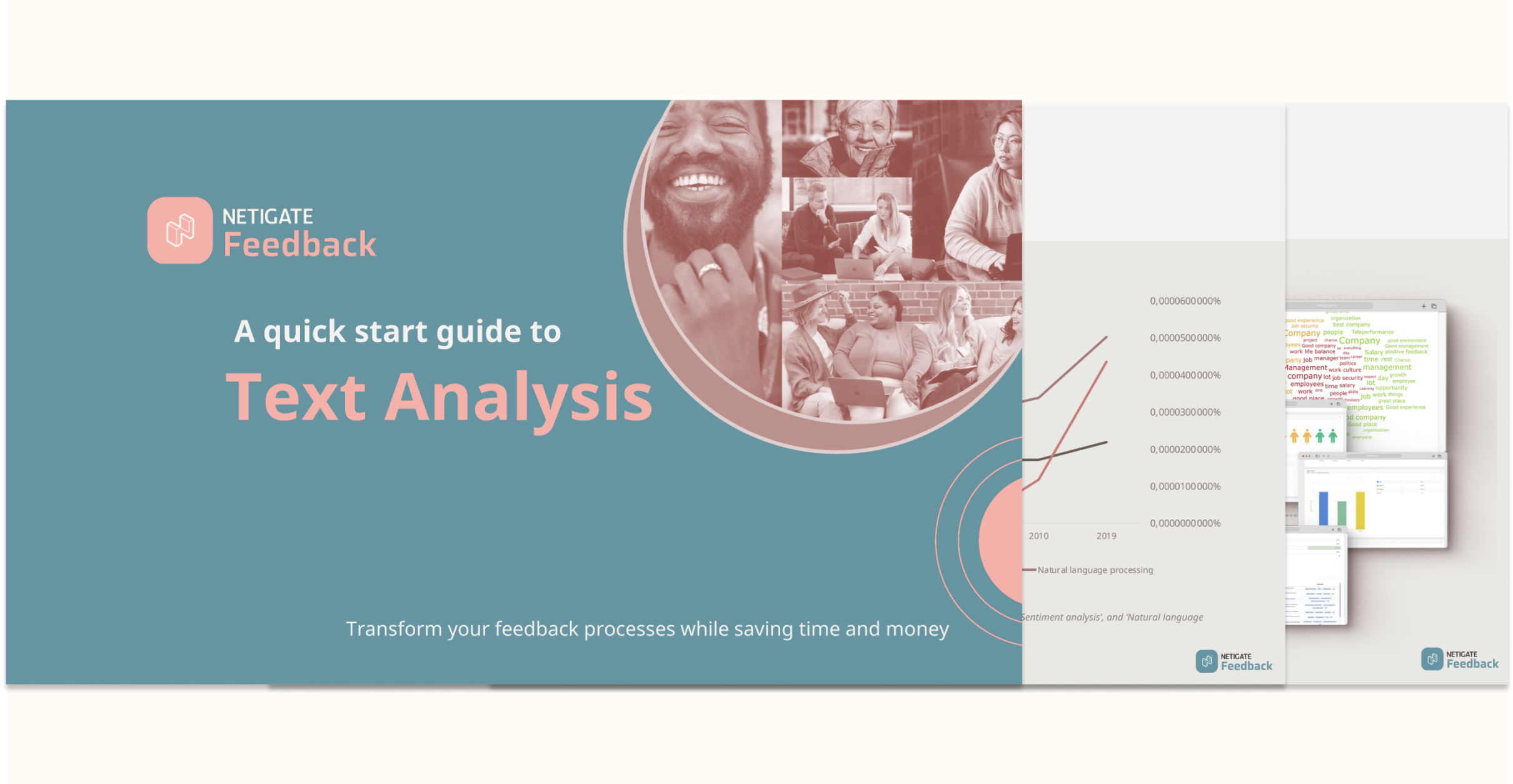What alternatives should there be to a question?
Having decided the goals for your survey, you probably also have a clear picture of how to distribute it, to whom and what questions you want answered. Once you start adding questions to your survey, it is easy to get stuck when you must choose what response alternatives to provide to a question. In this process, you need to review your alternatives thoroughly. It is common to forget some alternatives that might be interesting for the respondent.
Don’t limit the alternatives for the respondent
Few things are as annoying for a respondent as a question with limited response alternatives, i. e. the alternatives do not reflect the respondent’s opinion. An easy example is the question: “What is your favorite color?” Of course you can limit the number of predefined colors if you want. To force the respondent to choose from a limited number of alternatives, but in that case to avoid confusion, the question should say; “Among the colors below, what is your favorite color?” If you want the respondent to give their exact opinion, you need to complete your alternatives with an “Other color:”-alternative, where the respondent can define their favorite color by themselves.
Include the possibility to answer “Other”
If you use a question with alternatives where you are not 100% certain that they cover all possible options, you should always include the possibility to answer “Other”. That way you will not make a mistake that could have serious consequences. At the same time, you will gain ideas for response alternatives that can be suitable in upcoming surveys.
Do you have any questions or would like to know more?
I hope you find this post useful for your survey projects. If you have any questions or would like to know more, please feel free to contact me. My next post will highlight the importance of connecting time and place to questions, for example the difference between the questions: “What do you think about the change in temperature at the office?” and “What do you think about the change in temperature in the conference room this past year?”
If you have more questions when you create a survey, contact us!




